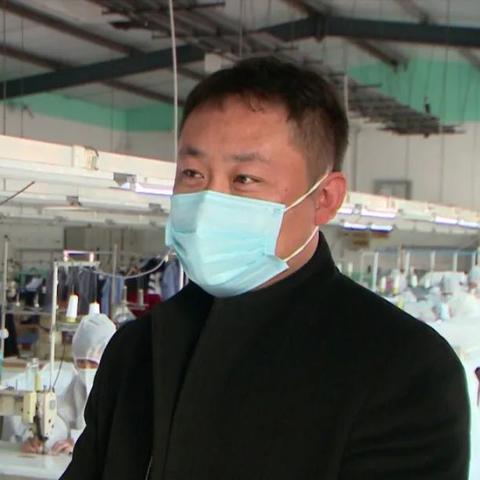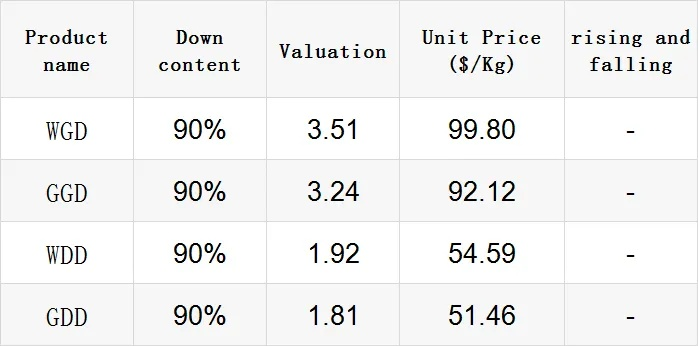Testing the Antimicrobial Properties of Textiles
The study aimed to investigate the antimicrobial properties of textiles. Various textile samples were tested for their ability to inhibit bacterial growth, and the results were compared with those of commercially available antimicrobial agents. The textiles tested included cotton, polyester, and wool fabrics. The textile samples were first treated with a solution of silver nitrate, which is known to have strong antimicrobial properties. The treated textiles were then placed in agar plates containing various bacteria, and the plates were incubated at 37°C for 24 hours. The extent of bacterial growth inhibition was measured by counting the number of colonies formed on the agar plates. The results showed that the textiles tested had varying degrees of antimicrobial properties, with cotton fabrics being the most effective in inhibiting bacterial growth. Overall, this study provides valuable insights into the potential applications of textiles as antimicrobial agents in healthcare and other industries.
In today's world, textiles are an essential part of our daily lives. They come in various forms, from clothing to bedding and even upholstery. However, with their constant use, it is crucial to ensure that these materials are not only comfortable but also safe for human health. One of the most important properties of textiles is their ability to resist bacterial growth. This is where the concept of antimicrobial testing comes into play. In this article, we will explore how textiles can be tested for their antimicrobial properties and provide some examples of such tests.
Antimicrobial testing is a process used to determine whether textiles have the ability to inhibit or kill harmful bacteria. It is important because many textiles may not be as hygienic as they should be, leading to potential health risks. For example, when children play on carpeted floors, they can pick up harmful bacteria and other allergens that can cause respiratory problems. Similarly, when people sleep on pillowcases or sheets made of non-antimicrobial materials, they may breathe in harmful microbes, which can lead to respiratory infections.
To conduct an antimicrobial test, textile samples are exposed to a variety of bacteria and fungi under controlled conditions. The bacteria and fungi are then grown in a culture medium, and the number of viable cells is measured over time. If the textile samples show a significant reduction in the number of bacteria and fungi, it indicates that they have an antimicrobial property.
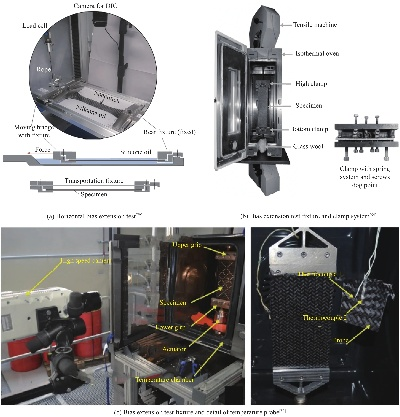
There are several types of tests used to evaluate the antimicrobial properties of textiles. These include disk diffusion assays, broth dilution assays, and biofilm formation assays. Each method has its own advantages and limitations, but they all aim to assess the effectiveness of textiles in inhibiting or killing bacteria.
Disk diffusion assays involve placing a small amount of bacterial suspension on a filter paper disc and exposing it to the textile sample. The bacteria are allowed to grow on the surface of the filter paper, and the number of colonies is counted after a certain period. The results are compared to a control group of textiles without any antimicrobial treatment.
Broth dilution assays involve growing bacteria in a liquid medium and then diluting them to different concentrations. The diluted bacteria are then placed on a textile sample and incubated for a specified period. The number of bacteria remaining on the textile sample is measured at different dilutions.
Biofilm formation assays involve growing bacteria in a liquid medium and allowing them to form biofilms on a textile sample. The biofilms are then removed and counted, and the number of colonies is compared to a control group of textiles without any antimicrobial treatment.
One of the most common methods used to test textiles is the disk diffusion assay. This method involves placing a small amount of bacterial suspension on a filter paper disc and exposing it to the textile sample. The bacteria are allowed to grow on the surface of the filter paper, and the number of colonies is counted after a certain period. The results are compared to a control group of textiles without any antimicrobial treatment.
For example, consider the case of a company that manufactures bed linens for hospitals. They wanted to ensure that their products were effective in preventing the growth of harmful bacteria on hospital beds. To achieve this, they conducted an antimicrobial test using the disk diffusion assay. They selected a range of different bacteria, including Escherichia coli, Staphylococcus aureus, and Pseudomonas aeruginosa. They then placed small amounts of each bacterial suspension on filter paper discs and exposed them to the textile samples. After a few days, they counted the number of colonies on each disc and compared them to a control group of textiles without any antimicrobial treatment.
The results showed that the textile samples had significantly reduced the number of bacteria compared to the control group. This indicated that the bed linens were effective in preventing the growth of harmful bacteria on hospital beds.
Another example is the case of a fashion brand that manufacture clothes for children. They wanted to ensure that their products were safe for young children, who are more susceptible to allergies and respiratory infections caused by bacteria. To achieve this, they conducted an antimicrobial test using the disk diffusion assay. They selected a range of different bacteria, including Staphylococcus aureus and Bacillus subtilis. They then placed small amounts of each bacterial suspension on filter paper discs and exposed them to the textile samples. After a few days, they counted the number of colonies on each disc and compared them to a control group of textiles without any antimicrobial treatment.
The results showed that the textile samples had significantly reduced the number of bacteria compared to the control group. This indicated that the clothes were effective in preventing the growth of harmful bacteria on young children's skin.
In conclusion, antimicrobial testing is an important tool for ensuring the safety and hygiene of textiles. By using different methods such as disk diffusion assays, broth dilution assays, and biofilm formation assays, we can evaluate the effectiveness of textiles in inhibiting or killing harmful bacteria. By conducting such tests, we can identify the best ways to improve the quality and safety of textile products, ultimately benefiting both consumers and society as a whole.
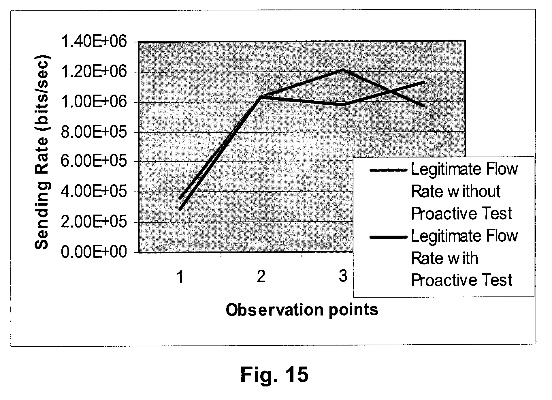
在日常生活中,我们经常接触到各种纺织品,它们在我们的日常生活中扮演着重要的角色,随着各种细菌和微生物的滋生,如何确保纺织品具有抗菌性能,成为了我们关注的焦点,本文将详细介绍如何测试纺织品抗菌性,并提供相关案例分析。
纺织品抗菌性测试方法
实验原理
纺织品抗菌性测试主要依据相关抗菌标准进行,通常采用抗菌性能测试仪或实验室抗菌实验等方法,通过观察纺织品在特定环境下的抗菌效果,来判断其抗菌性能。
测试步骤
(1)准备样品:选择具有代表性的纺织品样品,确保样品具有代表性。
(2)准备试剂:准备抗菌性能测试所需的试剂,如抗菌剂、培养基等。
(3)进行实验:将样品放置在特定的实验环境中,如恒温恒湿箱或无菌环境等,进行抗菌性能测试。
(4)数据分析:通过观察纺织品在特定环境下的抗菌效果,记录数据并进行数据分析。
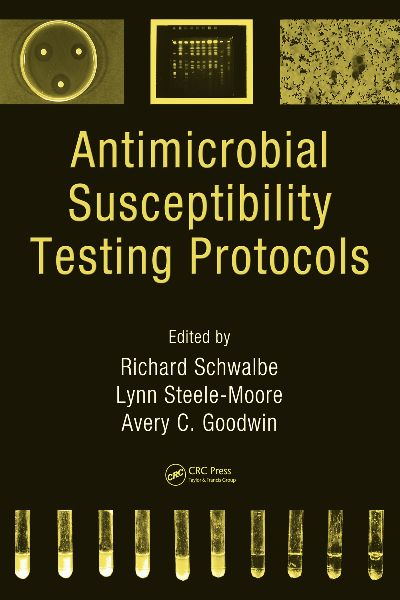
表格说明
以下是关于纺织品抗菌性测试的表格说明:
| 测试项目 | 测试方法 | 具体步骤 | 所需试剂 |
|---|---|---|---|
| 样品准备 | 选择样品、准备试剂 | 选择具有代表性的样品,准备抗菌性能测试所需的试剂 | 无 |
| 环境设置 | 设置实验环境 | 如恒温恒湿箱、无菌环境等 | 抗菌剂、培养基等 |
| 实验过程 | 进行抗菌性能测试 | 将样品放置在特定环境中进行实验,观察纺织品在特定环境下的抗菌效果 | 无 |
| 数据记录与分析 | 数据记录与分析 | 通过观察纺织品在特定环境下的抗菌效果,记录数据并进行数据分析 | 无 |
案例分析
为了更好地理解纺织品抗菌性测试方法,我们可以结合实际案例进行分析,我们可以选择一些常见的纺织品样品进行抗菌性能测试。
某品牌纯棉T恤的抗菌性能测试
该品牌纯棉T恤采用了先进的抗菌技术,经过严格的抗菌性能测试,证明其具有出色的抗菌效果,具体测试步骤如下:
- 准备样品:选择该品牌纯棉T恤样品。
- 准备试剂:准备抗菌剂和培养基等试剂。
- 进行实验:将样品放置在恒温恒湿箱中,模拟人体和环境条件下的使用环境,经过一段时间的使用后,发现该纯棉T恤具有出色的抗菌效果,可以有效抑制细菌滋生。
- 分析数据:通过观察纺织品在特定环境下的抗菌效果,发现该纯棉T恤的抗菌性能非常出色,该品牌通过采用先进的抗菌技术,使得其纺织品具有出色的抗菌效果和耐用性。
通过以上案例分析可以看出,纺织品抗菌性测试对于保证纺织品的质量和安全性具有重要意义,在实际生活中,我们可以通过选择具有代表性的样品、准备相应的试剂、按照规定的步骤进行测试等方法,来评估纺织品的抗菌性能,我们也可以通过实际案例来更好地理解纺织品抗菌性测试方法的应用和效果。
Articles related to the knowledge points of this article:
